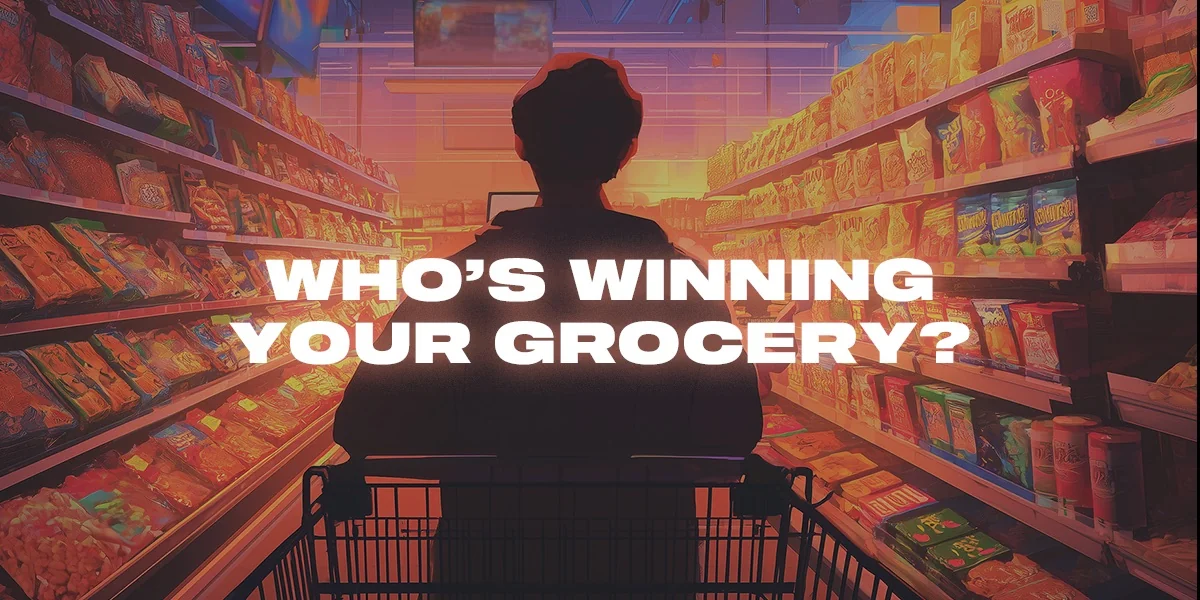"Quick commerce... not merely a temporary trend but a structural transformation of India's retail ecosystem."
In one year, approximately 0 kirana stores shut down across India.Meanwhile, quick commerce is exploding with a 0% CAGR growth rate and 0% growth expected in 2024 alone.
This isn't just about convenience vs tradition. It's about the future of how 0.0 billion Indians shop, work, and live. By the end of this post, you'll understand what's really happening beneath the surface of India's retail revolution.
📊 The Numbers Don't Lie: A Retail Earthquake
Let's start with the reality check:
Kirana Store Market Share:
- 2018: 95% market share
- 2023: 92.6% market share
- 2028 projection: 88.9% market share
Quick Commerce Growth:
- Growing at 48% CAGR (2023–2028)
- 74% growth expected in 2024
- Expected to hit $40 billion by 2030
This indicates a clear consumer preference shift toward digital-first, convenience-based retailing.
🗺️ The Geography of Disruption
The All India Consumer Products Distributors Federation (AICPDF) reports massive displacement:
Store Closures by Region:
- Metros: 45% of closures
- Tier 1 cities: 30% of closures
- Tier 2/3 towns: 25% of closures
"This isn't just competition-it's an existential threat for kirana retailers."
💸 The Customer Exodus: Following the Money
The numbers reveal a behavioral shift that's hard to ignore:
Customer Migration Patterns:
- 46% of quick commerce users reduced kirana purchases
- 82% shifted at least 25% of their kirana shopping online
- 5% completely abandoned kiranas
Financial Impact:
- ~$1.28 billion in kirana sales expected to shift to quick commerce in 2024
- Kirana foot traffic dropped by 20–25% in many regions
📉 The Margin Squeeze: Why Kiranas Can't Compete on Price
Here's where the math gets brutal:
Kirana Profit Margins:
- Independent stores: 1–4% margins
- Larger kirana chains: ~5% margins
- Industry average: 1–3%
Quick Commerce Discount Power:
- Platforms like Zepto and Instamart offer 20–42% discounts
- Example: ₹850 shampoo sold for ₹530
- Kiranas simply can't match this without bleeding money
⚡ What Consumers Actually Gain
Let's be fair-quick commerce isn't just hype. Here's what's driving adoption:
Speed Revolution:
- Delivery in 10–20 minutes has redefined "essential shopping"
- 24/7 service availability
- Pandemic-induced digital trust has made this the new standard
Selection & Value:
- Most platforms offer ~10,000 curated SKUs
- 66% of users see better value due to exclusive deals
- 53% of users place 5+ orders/month
🏥 The Human Cost: More Than Just Numbers
Behind every closure statistic is a human story:
Employment Impact:
- India has 13 million kirana stores-a crucial employment source
- Closures impact owners, employees, and local micro-economies
- Loss of informal credit systems and personalized service
Kiranas often provide cultural familiarity and community trust-intangibles that platforms can't replicate.
🛠️ The Kirana Survival Blueprint
But this isn't a death sentence. Smart kiranas are fighting back:
💡 Going Digital with ONDC
- The Open Network for Digital Commerce helps kiranas reach customers directly
- Government-backed initiative projecting $340B in digital consumption by 2030
- Platforms like KiranaPro enable digital transformation
🧍♂️ Personalization at Scale
- Tools like Kiko Live for real-time customer chats and video calls
- Emphasizing face-to-face trust and community relationships
- Custom ordering and recipe help services
🔄 Hybrid "Phygital" Models
- Multi-channel retail: WhatsApp orders + home delivery + storefronts
- Acting as micro-warehouses while staying community-anchored
- Supplier pooling with nearby kiranas for better margins
⚖️ Policy Response: Leveling the Playing Field
The government is taking notice:
CCI Investigation:
- Competition Commission of India probing platforms for:
- Predatory pricing and below-cost selling
- Exclusive FMCG tie-ups that hurt competition
Policy Proposals:
- AICPDF pushing for a Digital Competition Bill
- Simplified tax rules for kiranas
- Financial aid for digital transformation
🌐 ONDC: The Democratic Digital Revolution
"The future lies in open, interoperable, inclusive platforms." - T. Koshy, ONDC CEO
ONDC represents a fundamental shift:
- Eliminates monopolistic gatekeepers
- Any kirana can join, sell, and thrive online
- Aligns with PM Modi's vision of "tech for all, not tech for the few"
🤝 The Path Forward: Coexistence, Not Conquest
The future isn't about choosing sides-it's about building bridges:
- Yes, kirana closures are real and concerning
- Yes, digital adoption is essential for survival
- But the answer isn't either-or-it's both-and
"India's future retail model should combine tech's efficiency with kiranas' humanity."
The real challenge? Balancing speed, tech, and pricing with community, jobs, and trust.
💬 What's Your Take?
This transformation affects all of us-as consumers, as community members, as Indians building the future of commerce.
Do you think kiranas and quick commerce can coexist? Or is one bound to replace the other? Share your thoughts below-your perspective shapes how we understand this retail revolution.
